Monster in a House
Sept. 14, 2015
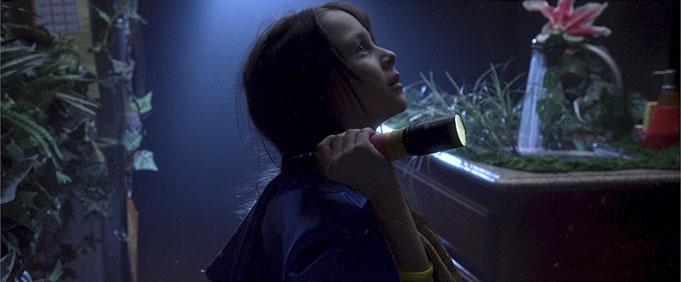
Last June I was fortunate enough to work again with director Christiano Dias on a film titled, Monster in a House. I had worked with Chris previously on his film King Eternal, which turned out to be a wonderful piece, so when Chris contacted me about MIAH in this spring, I knew I should sign on. Chris had some awesome ideas for Monster in a House and I quickly became excited.
Monster in a House lets the audience experience the frightening dream of a young girl, Miah (Kitana Turnbull), which is triggered by her parents’ frequent arguments. At the start of the movie, Miah tells her father (Joseph Bottoms), that when he and mom (Lisa Roumain) fight “the monster comes.” A parental argument ensues, and as Miah said, the monster now becomes present in the house. Miah embarks on a journey through her home, sometimes running from, and sometimes trying to defeat the monster.
From the earliest phases of discussing the script, Chris had two very specific visual ideas that heavily influenced the cinematography. Chris wanted to do the entire film in one continuous shot. He felt that cinematographic style supported the narrative. He said that Miah could not run away from the monster, and that the family could not run away from their problems, so why should the audience be able to cut away from a shot. Chris also said that the monster should never actually be seen, or if it was seen, it would only be hinted at or seen in the shadows.
These two parameters presented challenges that required more than a bit of pre-production cinematography planning. Chris and I brainstormed on ways we could show the effects of the monster visually. In the script the monster is connected to the light and the electricity in the house, so we discussed flickering lamps, lightning (the film occurs during a storm), and filtered moonlight through the rain and trees, as well as nonspecific controllable light sources that showed the presence of the monster. We also discussed how to execute our twelve minute shot that followed Miah through a large suburban house, in and out of numerous bedrooms, upstairs, downstairs, and into a garage without ever cutting – not even one time. It quickly became apparent that we were dealing with a challenging “monster” of our own, where actor blocking, camera movement, lighting cues, and variable focus and zoom all needed to seamlessly integrate.
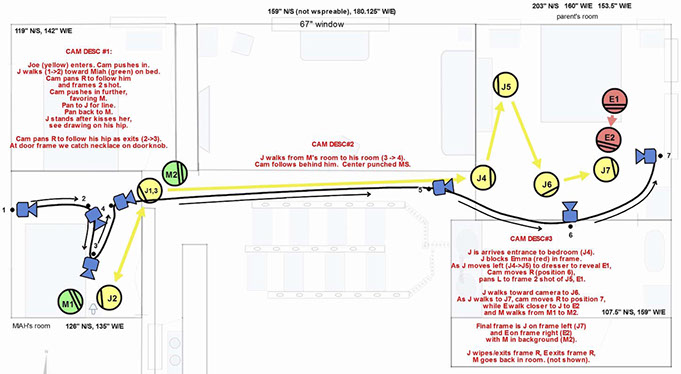
A pre-production diagram outlining camera movement and actor blocking for a portion of the film. Shot Designer software prooved to be a great tool when used in conjunction with our overheads.
Chris and I brainstormed numerous shot ideas, but it wasn’t until our location was set that we could truly lock down our camera and actor blocking into storyboards. In some instances the location let us keep our initial ideas and in other instances the location greatly influenced how we filmed each portion. Ultimately, we determined key frames we wanted to hit, and from there discussed our camera movements between those points.

Early storyboards showing blocking and camera position. As pre-production advanced, the boards became scratched over with lighting notes.
The scope of the lighting was the most challenging part of the cinematography for Monster in a House. Since the film was happening in real time, we needed to light and rig for every single storyboarded shot throughout the house ahead of time. Our production schedule for Monster in a House was five days, and we didn’t even do a camera rehearsal until day four as the first three days consisted of rigging and pre-light. Mike Nudge at Cinelease provided us with over 50 units (thank you Mike), and we rigged nearly all of them.
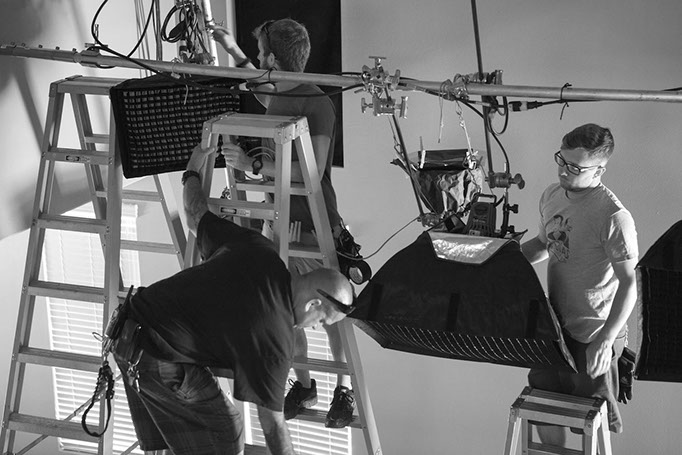
Gaffer Chris Ford (upper left), key grip Eddie Rubio (lower left), and electrician Jesse Smith (right) rig our overhead fixtures. BTS photography courtesy of Sam Zhang.
95% of our units had to be rigged from above since the camera looked in nearly every direction (sometimes 360°) over the course of the twelve minute shot. Some of our lightning, moonlight, and streetlamp units were place in tents outside, but that was the exception. Slim Jim Ballard and Eddie Rubio (key grips) had not yet been hired when we did our pre-shoot tech scout, so I created architectural overheads with length and width dimensions for every room which enabled us to order the proper speed rail and wall spreaders to support our overhead lighting.
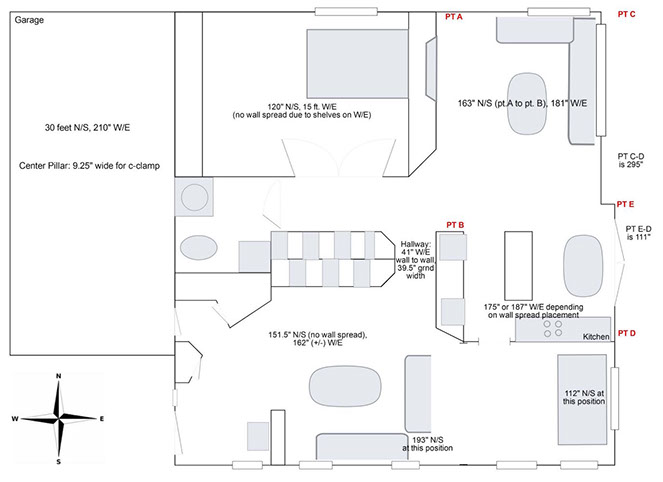
Some spans were quite large (up to 20 feet) so we were very cognizant of the weight of our fixtures. We opted for Arrilite 750s as our primary overhead units because of their light weight and strong output. (The Arrilite only weighs 3.5 lbs, has more output that a 650w fresnel, and since it is an open face fixture, it has a beam spread that fills its attached chimera.) We used the Arrilites with chimeras in the parents’ bedroom and on the staircase Miah descends when looking for the monster. Fabric grids of varying degrees (20°, 30°, 40°) were used for light control and to maintain the contrast we needed for the dark and moody film. The grids also prevented Eddie and Slim Jim from having to rig solids off the wall spreaders that were already near capacity in terms of weight, for which they were grateful.
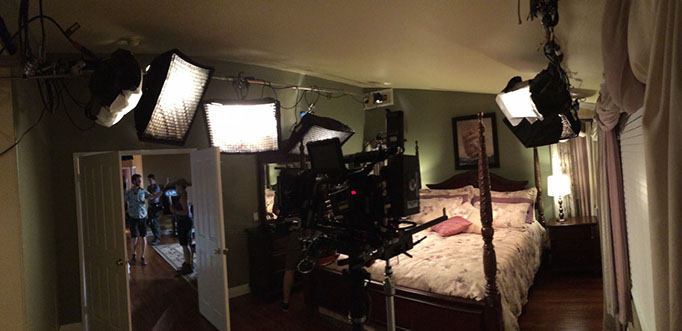
Lighting setup in parents’ bedroom. The 20’ wall spreader held three Arrilites with chimeras.
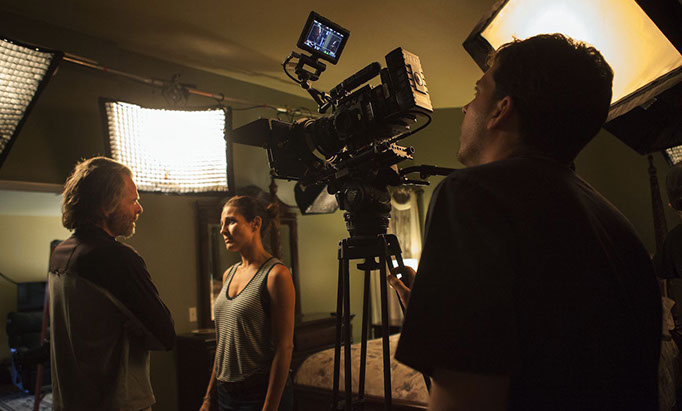
A closer look at the set up in the parents’ bedroom. The two chimeras backlight Joseph Bottoms and Lisa Roumain for this segment of the scene.
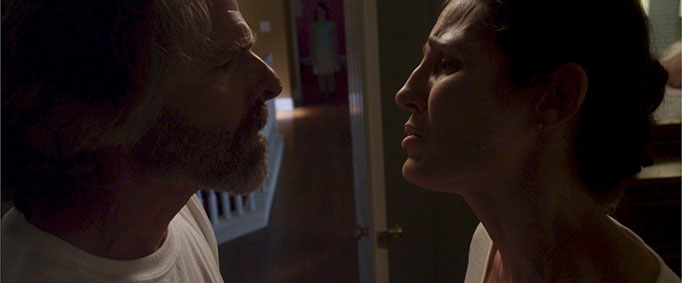
Joe (Joseph Bottoms) frame left. Emma (Lisa Rouman) frame right.
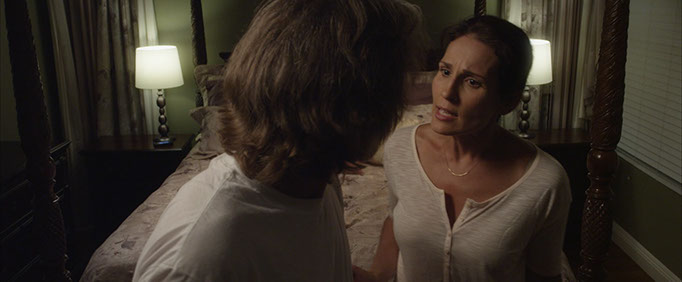
Joe (Joseph Bottoms) frame left. Emma (Lisa Rouman) frame right.
Monster in a House existed in both reality and fantasy, and everywhere inbetween. This allowed us to try some things cinematographically that were fun and exciting. Both the garage and kitchen were fantastic, but in different ways. Chris (director) described the kitchen as a nighttime jungle. I thought a cool soft overhead ambient “forest light” that was about a stop under exposure, coupled with a very hot and cool moonlight backlight might look interesting and fantastic. To accomplish this, we built a large softbox over the area of the kitchen that Miah explores. Three 8ft single 5500 kinos flo tubes with half CTO (camera color temp was set to 2700K) were rigged above an 8×8 skirted full grid frame that was just two feet above Miah’s head. The massive source wrapped beautifully around Miah’s face since she was so close to it and provided a general ambient light for the “forest”. A joker 800 through a cookie and soft light diffusion provided the backlight.
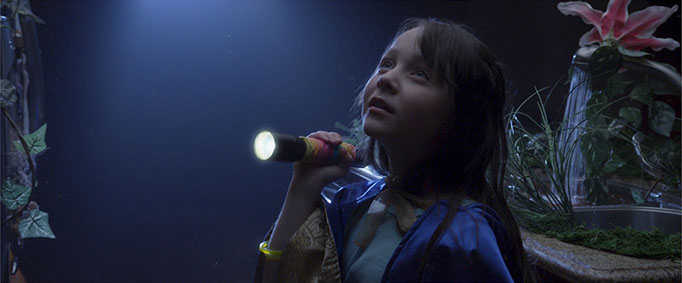
Miah (Kitana Turnbul) in the “forest”. Forest production design by Jeremy Pelsinski. Miah’s costume design by Kellie Terwilliger.
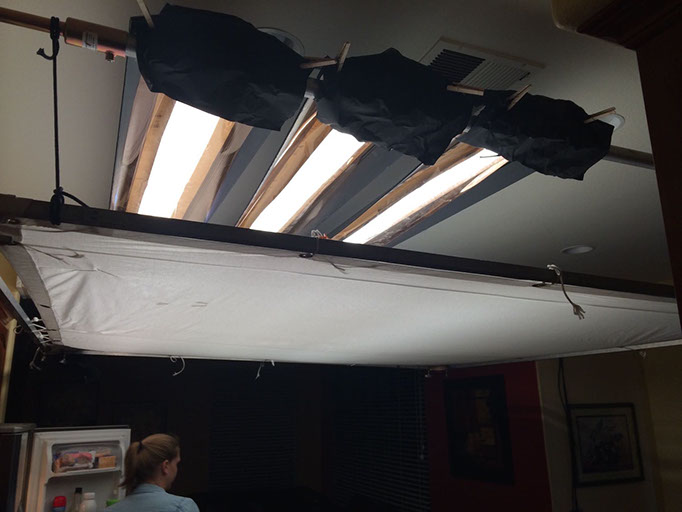
The aforementioned overhead kitchen rig in its early stages.
A couple minutes later in the film, Miah enters the garage in search of the “light-ening box” (a small but significant detail that shows Chris Dias’ attention to detail as a writer). Here, I wanted a large overhead softbox, because we needed to light the entire space through which Miah walked. This time however, the light level needed to fluctuate, so instead of kinos, we opted for a tungsten book light. Chris Ford (gaffer) and team rigged up four 2k open face nook lights off the center beam of the garage, gelled them turquoise and blasted them straight into the white ceiling. Below, our grips rigged an 8ft by 12ft light grid frame that Miah passed right under as she walked through the garage toward the “light-en-ing” box. Chris Ford routed all the nooks into a 12k dimmer and was able to pulse the book light up and down during the shot. During rehearsal, I found that the source was so big, and so close to Miah, that her face lacked the contrast which was appropriate for the mood of that scene, so prior to shooting we added a makeshift control grid (strips of duvetine) in the direction that Miah walked, to increase the contrast on her face. Later in color correction, the garage was darkened even more and the saturation of the turquoise was increased. You can see the result of our work in the below movie frame and the behind the scene photo after that.
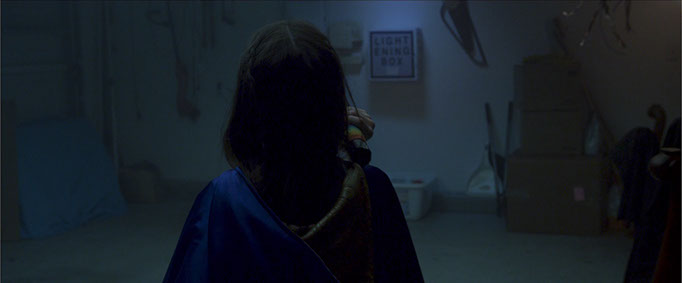
Miah (Kitana Turnbull) searches for the “light-ening box.”
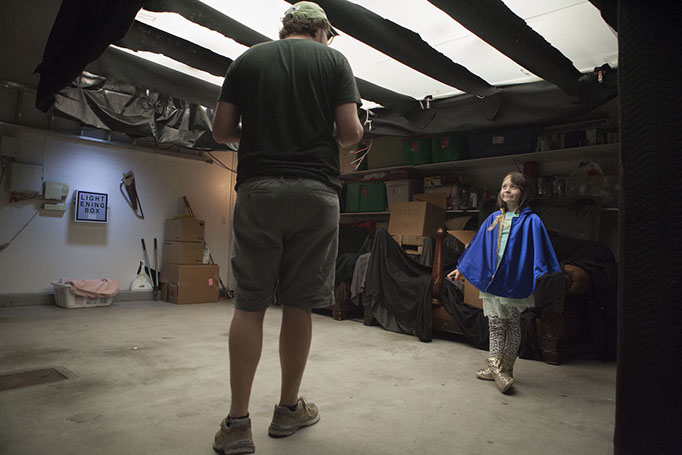
Director Chris Dias speaks with actress Kitana Turnbull. Note the overhead softbox. It provided more than enough illumination, giving us well over our shooting stop of a t5.6 (ISO 800, 24fps, 180° shutter). Consequently, we set our dimmer high to around 80%. A skirt surrounds the rig to keep light off the background. Strips of duvetine function as a control grid to increase contrast on Miah’s face.
One of my favorite images in the film is the one when Miah runs and hides under the table. Since she stops momentarily, it was really the only chance we had to bring the camera up close to her face. We were on the 42mm end of our Optimo DP 16-42, fairly close to our minimum focus (2ft.). The table she hides under gave us a chance to do some more intimate lighting. We placed a 5500 miniflo under the lip of the table just above her head and covered it with a few layers of bleached muslin. We expanded the excess muslin past the light, so it also doubled as a bounce when Miah shone her flashlight up into the bottom of the table. Several feet from Miah, rigged to the back end of the table, Chris Ford rigged an mr16 with yellow gel to backlight Miah’s hair. A 1k tungsten unit with yellow shone in from the window behind the table to light the background chair and to provide motivation for the light of the mr16. The final lighting element was the LED flashlight which grazes Miah’s cheek. Our colorist, Eric Schrecongost, asked if we wanted the green light of the flashlight dialed out (LED), but we opted to keep the green in. Both Chris Dias and I thought it worked well with the genre and played nicely against the bluish miniflo light.
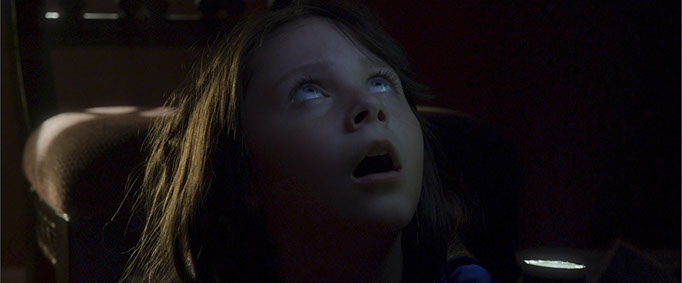
Miah (Kitana Turnbull) hides under the table.
A couple lighting instruments that proved to be incredibly useful on Monster in a House were the common 3 x 20 amp magic gadgets boxes and also the Atomic 3000 lighting units. We had a few magic gadget boxes that we put in line with our flickering lamps and the 750 Arrilites associated with them, which hit Miah, Joe, and Emma (mother) as they descended the stairway. The atomics were placed in four strategic spots – 2 upstairs and 2 in our downstairs tents. Our gaffer Chris Ford placed an electrician on each unit, and flawlessly cued the strikes throughout the film. The amazing thing about these Atomic 3000s is that they can be powered from a standard household 120v Edison outlet (only the max-7 model, not the max-15 model). Our shooting stop was t5.6 (ISO 800, 24fps) and the atomics blew up around two stops over that. http://martin.com/en-US/Product-Details/Atomic-3000-DMX.
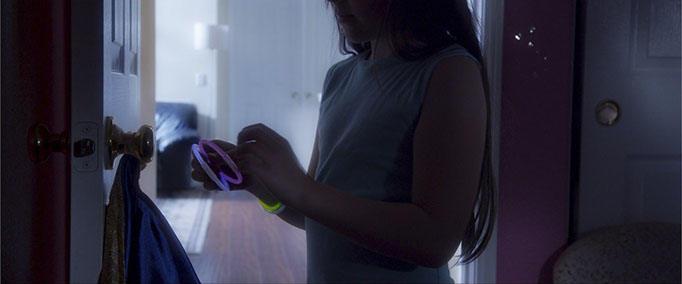
Miah puts on her bracelets. An Atomic 3000 lights up the background from off camera left. Unit through diffusion, cucoloris and brancholoris hits foreground.
I chose to shoot at a t5.6 out of depth of field necessity. Alex Grossfeld (1st AC) is an very skilled focus puller, however on Monster in a House we had more than a few “olympic” pulls. Our steadicam operator (Orlando Duguay) was moving quicky, Miah (Kitana Turbull) was sometimes running, our blocking marks could not always be placed or seen very well, and oftentimes there was a wall between the Teradek transmitter and receiver which Alex was using. The t5.6 didn’t make things easy, but it gave us a cushion in some tight spots. In the end, the greater depth of field worked stylistically as well. We had a few compositions with Joseph and Lisa where the greater depth of field allowed us to see both of them clearly without the distraction of a rack focus.
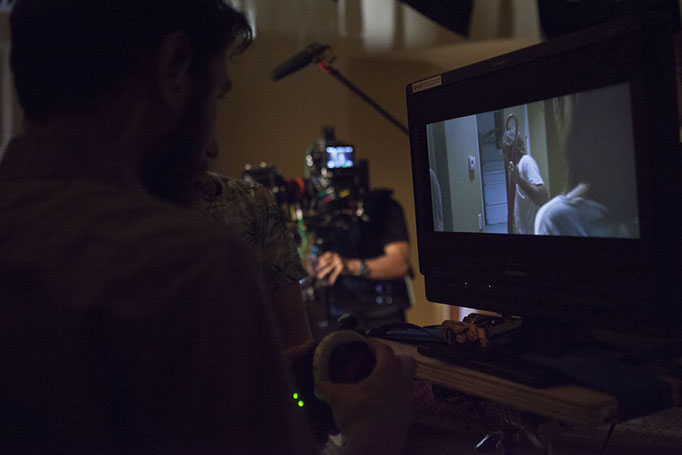
Alex Grossfeld pulling focus with his Axis 1. Steadicam operator Orlando Duguay operates in the background.
We shot on a RED epic with an Optimo DP 16-42. Alex pulled on an Axis 1 and I operated a Preston for zoom control. We utilitzed a teradek bolt as well as SD video transmission.
To most viewers the film appears as one shot, but in the end, despite our best efforts, we actually did need to create a few cut points. The thing that forced us to break the roll was not lighting, blocking, or anything mentioned above. It was the transition from high mode to low mode on Steadicam. For certain shots in the film we needed the camera 6 feet off the ground (high mode) and for others, we needed it 2 or 3 feet off the ground (low mode). Given that there is no way to make that transition in real time, we stitched a few things together. To most people it’s seamless, but I’ll let those with keen eyes see if they can decipher our edits.
You can watch the full film here.
Related links:
http://www.imdb.com/title/tt3299896/
*Monster in a House was recently featured in American Cinematographer (July '16). To view/order the magazine, check out the ASC website.

Camera and lighting department credits: Steadicam Operator – Orlando Duguay, 1st Assistant Camera -Alex Grossfeld, 2nd Assistant Camera – David Mori, DIT – Max Sun, 1st Assistant Camera, prep – Vaughn Potter, Logan Turner, Gaffer – Chris Ford, Set lighting technicians – Luca Brinciotti, Andrew Messersmith, Jesse Smith, Angel Jara Taboada, Rene Yescas, Key Grips – Slim Jim Ballard, Eddie Rubio, Best Boy Grip – Jordan Spark, Grip – Sebastian Johnson, Colorist – Eric Schrecongost.
Recent cinematography posts:
• HOM Round table - sept 2017
• One Heart - may 2016
• Monster in a House - sept 2015
• Secrets & Lies - dec 2013
• King Eternal - sept 2013
• Dungeons & Dorks - mar 2013
• Doubts - feb 2014

Arrrilite 750 plus
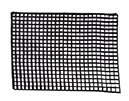
20 degree grid

Angénieux Optimo
DP 16-42mm

Magic Gadgets Shadowmaker

Atomic 3000 DMX
Recent cinematography posts:
• HOM Round table - sept 2017
• One Heart - may 2016
• Monster in a House - sept 2015
• Secrets & Lies - dec 2013
• King Eternal - sept 2013
• Dungeons & Dorks - mar 2013
• Doubts - feb 2014